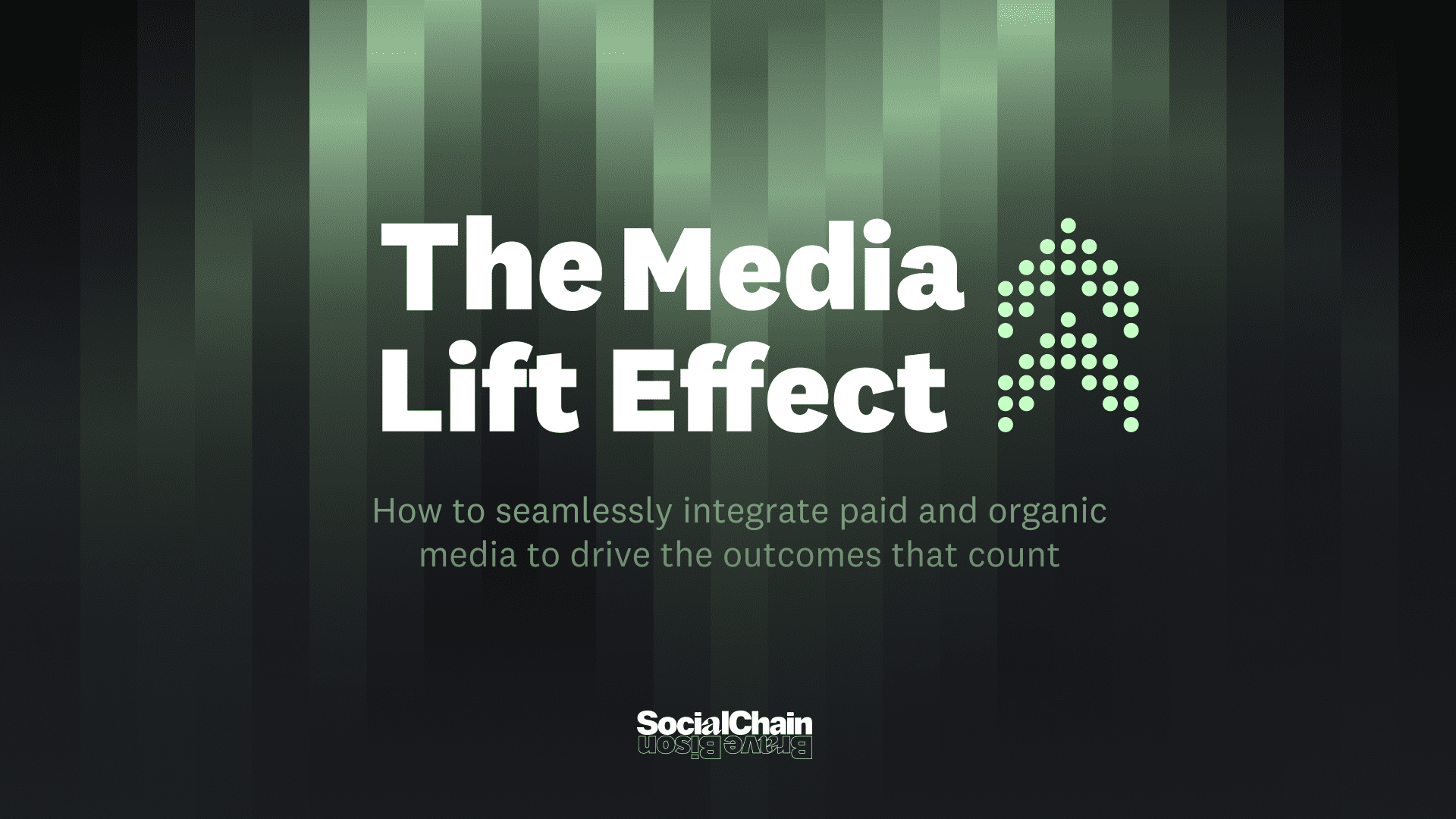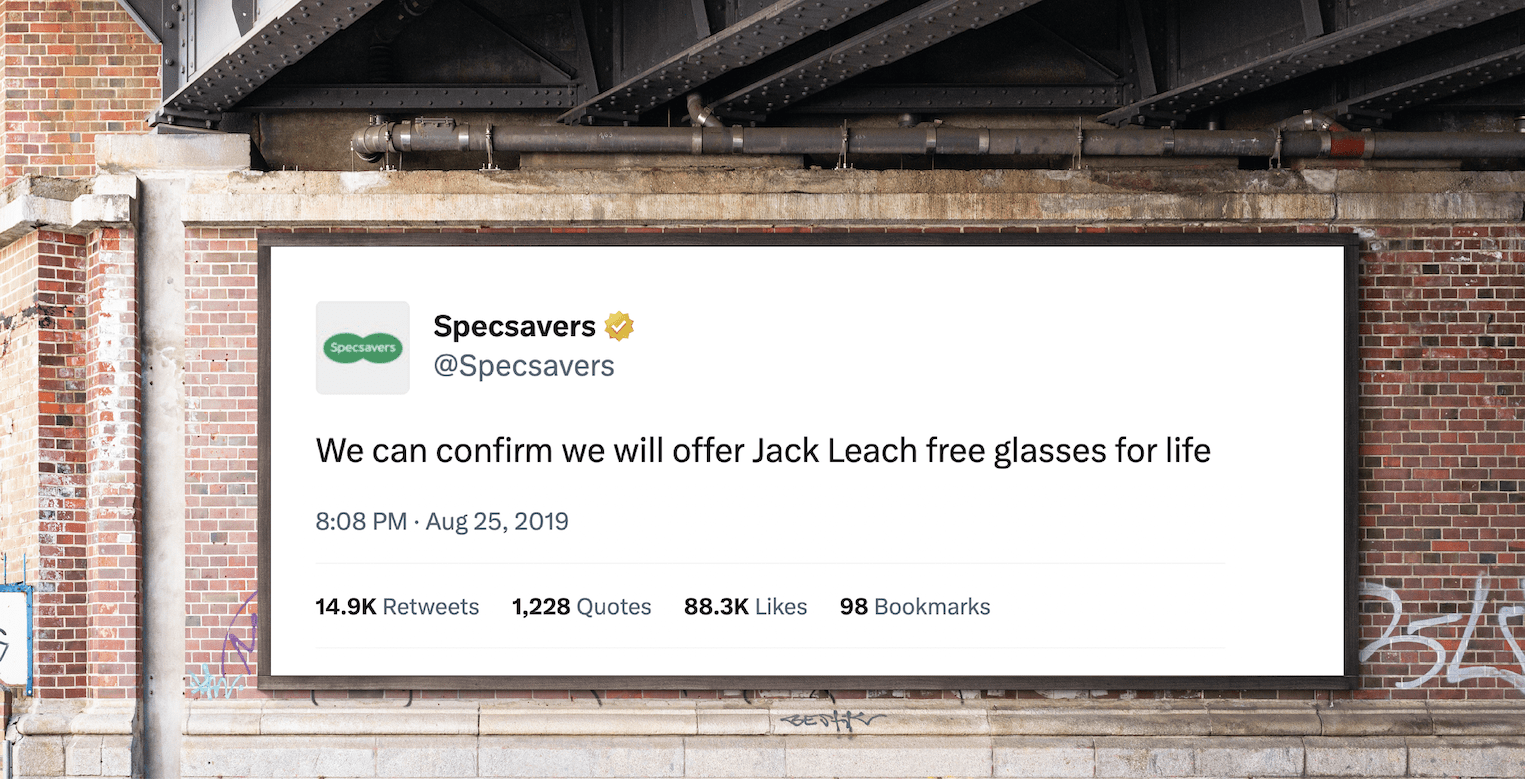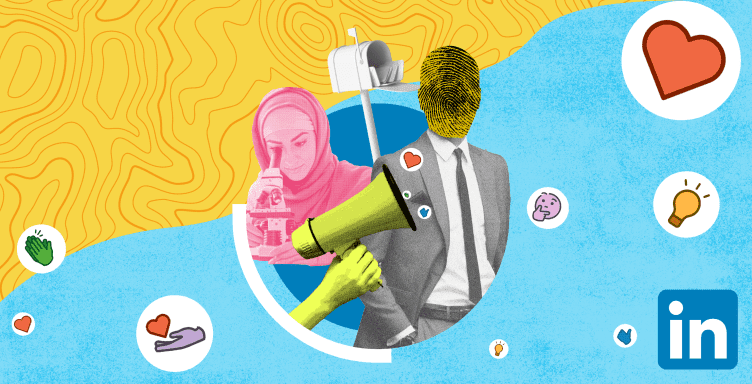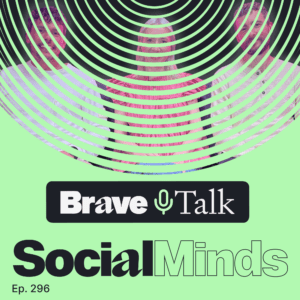Why mindsets, not demographics, are the future of social strategy
In the second episode of our SocialMinds x Brave Talk crossover, SocialChain’s strategy and innovation director Gareth Harrison and Brave Bison’s director of paid media Mark Byrne dive deeper into the mechanics of the Media Lift Effect (MLE). They reveal how brands can unlock smarter performance by rethinking everything from audience segmentation to creative strategy. The message is clear: in today’s fragmented media landscape, precision starts with mindset, not metrics.
Want to know more about the Media Lift Effect? Head to the Brave Bison website for the key takeaways from the first episode.
Mindsets matter
One of the episode’s most compelling shifts is the move from demographic targeting to mindset segmentation. Algorithms don’t care about age or income—they care about interests and engagement. By aligning content with audience mindsets, brands can tap into how platforms actually serve content.
With broader audience targeting, creative becomes the filter. It’s what helps users self-select into relevant segments. In this model, creative isn’t just a delivery mechanism, it’s the targeting tool itself.
If you’re looking to build audience segments built around demographics but not sure where to start, a platform like AudienceGPT could be the best place to start. Our proprietary AI tool simulates real audience behaviour to uncover unexpected segments and validate creative effectiveness. It’s a smarter, more dynamic way to build a strategy that evolves with your audience.
Audit before you activate
Before brands can activate MLE, they need to audit their creative assets and ad accounts. What sounds like a long, menial or even daunting task is foundational to ensuring your targeting strategies pay off – so don’t skip this step. Ensuring content aligns with each stage of the funnel and that conversion data is properly captured sets the stage for automated bidding strategies that actually work.
Once you’ve audited your accounts, you can begin to do the work to build your creative targeting strategy. Each platform demands a different creative approach: On Pinterest, users seek inspiration (think editorial and polished); whereas on TikTok, entertainment rules – content has to feel platform-native, be sound-on and super engaging. A platform like Reddit, on the other hand, is all about peer-driven discovery. Reddit users are more averse to brands than almost any other platform, so speak the community’s language and tread carefully.
Meta’s algorithm tends to favour older creatives with established conversion data, so to give new content a fair shot, brands should test it in separate ad sets or campaigns until it hits around 50 conversions. Only then can it compete on equal footing.
A unified measurement framework
Despite siloed team structures, paid and organic efforts can align through a shared measurement model: Social Outputs → Audience Outtakes → Brand Outcomes.
This layered approach helps track both short-term performance and long-term brand impact, bridging the gap between creative and conversion.
In terms of budget split, a 60/40 brand-to-performance ratio is ideal, but it’s not one-size-fits-all. Startups or performance-heavy brands might begin with 80% bottom-funnel and shift as they scale. Flexibility is key to sustainable growth.
Mark’s top tip: organic content isn’t just for dipping into trends and memes. It actually makes for a pretty good testing lab. Brands can identify what resonates organically, then repurpose top-performing posts for paid campaigns with minor tweaks like adding logos or music. It’s a low-risk, high-reward strategy.
And where do creators fit in this scenario? “Creator-led content is proving to be a two-for-one solution,” argues Gareth. It builds brand equity while driving performance, especially when amplified through paid media. It’s cost-effective, authentic, and audience-approved.
Ready to lift your social performance?
Download The Media Lift Effect white paper now for a deeper dive into our new approach and listen to the full podcast episode to hear from Mark and Gareth.






